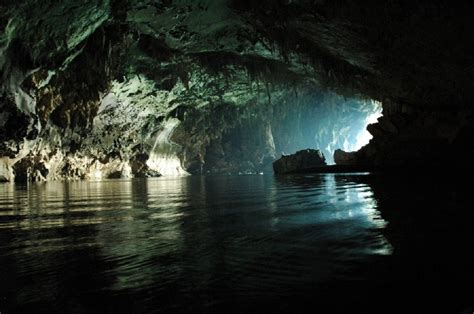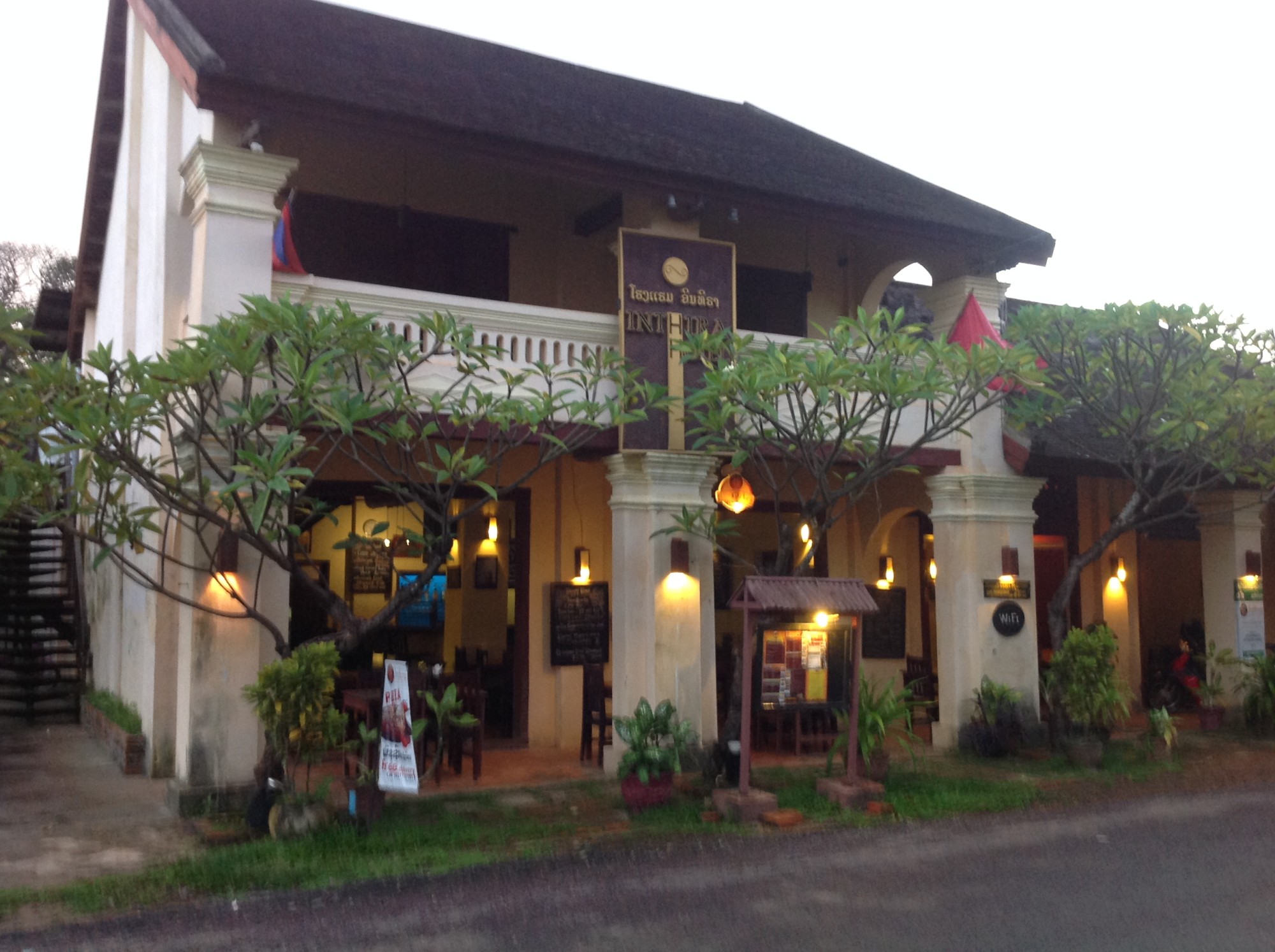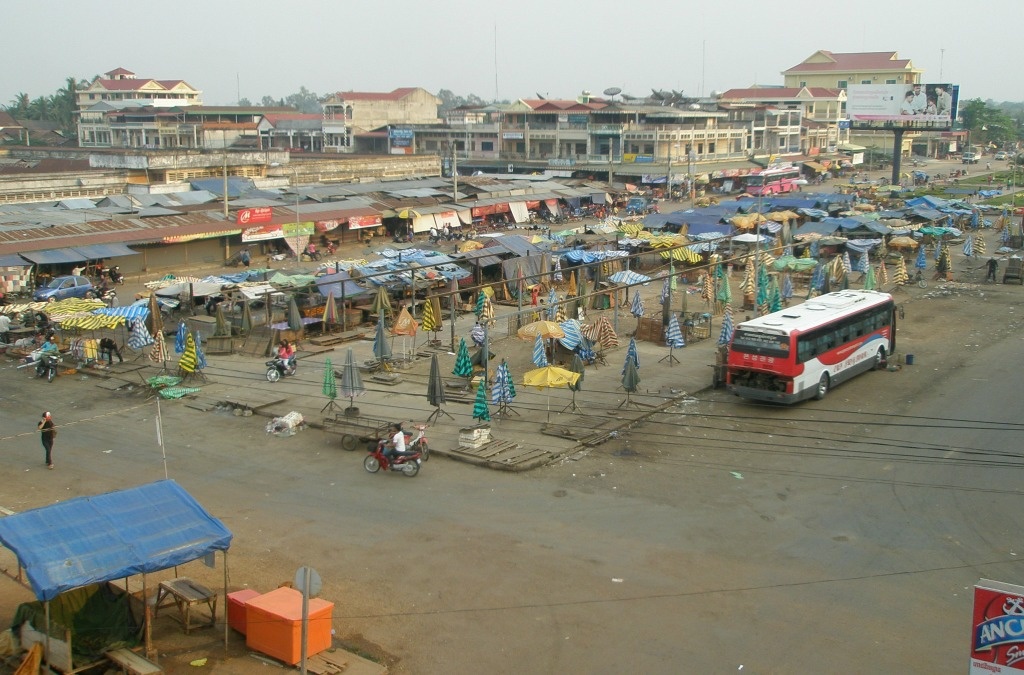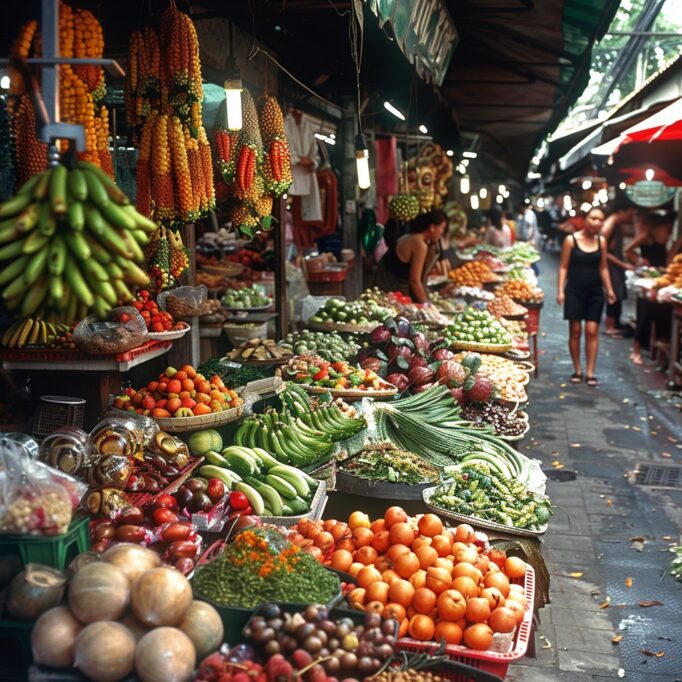CAMBODIA
STRUNG TRENG
STRANDED IN STRUNG TRENG WHEN THE BUS DOESN’T TURN UP. TRAVELLING FROM LOAS TO CAMBODIA
Overland Adventure: Champasak to Kampong Cham
A Journey Through Chaos and Charm
I should probably begin by admitting that I actually like travelling overland by bus. Yes, they’re often hot, slow, and stingy with pee breaks, but they give you a front-row seat to the chaos, charm, and occasional livestock of a country. In my opinion, it’s a far more “real” way to travel than zipping over it all in a plane.
That said, the trip from Champasak to Kampong Cham was—how can I put this delicately?—a bit of a slog.
We booked what was “advertised” (by which I mean some bloke in a bar swore blind it was a proper international bus) from Pakse, Laos, to Kampong Cham, Cambodia. Since we were staying in Champasak, we were told we didn’t need to slog back into Pakse but could instead be picked up in Ban Lak. Convenient, we thought. Spoiler: it wasn’t.
First came the ferry across the Mekong. Ferry is perhaps too generous a word—what we boarded was essentially two canoes tied together with rope, supporting a wobbly wooden platform that looked more experimental than seaworthy. It somehow carried us the two kilometres across the flooded river, though it felt one enthusiastic sneeze away from disaster. After this daring nautical crossing, we piled into the back of a ute for the three-kilometre ride to Ban Lak. Rustic, yes, but still within the realm of “adventure” rather than “bad decision.”
At Ban Lak, we were scooped up by a minivan. Given it was the quiet season, we assumed there weren’t enough passengers for a proper bus and they’d downgraded us. Fair enough—we’d seen that before. At this point we were informed the fare was 250,000 kip, not the 180,000 kip originally quoted. When questioned, they claimed the cheaper fare was only to 4000 Islands—a bald-faced lie. We sighed, shrugged, and handed over the extra. The van was at least clean and comfortable, and by then we were in no mood for heroic principles.
After a shuffle of passengers around 4000 Islands, we were dropped at the border. Our new driver assured us he’d meet us on the Cambodian side once we’d cleared customs.
Customs itself was smooth, if you ignored the colourful collection of “fees.” On the Laos side, $2 for the privilege of a stamp. On the Cambodian side, $1 for a “health check” consisting of someone glancing vaguely in your direction. $25 bought you both your visa and the official stamp, which felt positively efficient. These extras all went straight into someone’s pocket, but that’s just how it works. No point arguing.
Unless, of course, you’re Italian. A pair of young Italians in our group decided this was the hill to die on, flatly refusing to pay the $2 “bribe.” They spent half an hour gesticulating, shouting “corruzione!” and generally holding up the queue while the officials looked on with the mild boredom of men who know they’ll win. Eventually, the Italians caved and paid anyway, having saved exactly nothing except their own sense of wounded dignity. Meanwhile, the rest of us got the pleasure of standing around in 35-degree heat watching the performance.
Once stamped, blessed, and slightly poorer, we climbed into an older, wheezier minivan for the trip south. The 25km from the border to Stung Treng was bone-rattling, the sort of road that makes you question the integrity of your skeleton. There, we were transferred to a bus so ancient it should have been in a museum. This relic carried us to the terminal, where we were told to wait “fifteen minutes” for another minivan. It was 2:45pm.
We were still waiting at 5pm. At that point we abandoned hope, found a hotel, and rebooked the rest of our journey through the front desk, which turned out to be the most efficient travel agency we’d dealt with so far.
The next morning, we were back in another minivan. It promptly spent two hours driving in circles around Stung Treng, collecting passengers, parcels, and what may have been half a hardware store. Once underway, the road to Kratie was largely ungraded—despite one particularly optimistic guidebook’s claim that it was “mostly paved.” After Kratie it finally was paved, which felt like a luxury resort for our spines.
At some point beyond Kratie, we were ejected at a service station and told to wait again. We ended up loitering there for a couple of hours, nodding politely at the locals and feasting on homemade dumplings from a food stall. Quite possibly the highlight of the entire journey, which tells you everything you need to know. Eventually, another hot, overcrowded minivan arrived and we were wedged inside like unwilling cargo.
By the time we reached Kampong Cham at 5pm the following day, we felt as if we’d been travelling for weeks. The journey was not interesting, not pretty, and not remotely comfortable. But we did see a great deal of the countryside—far more than we ever intended. And at least we can now say we survived the legendary International Bus from Laos to Cambodia, even if no actual bus was involved.





